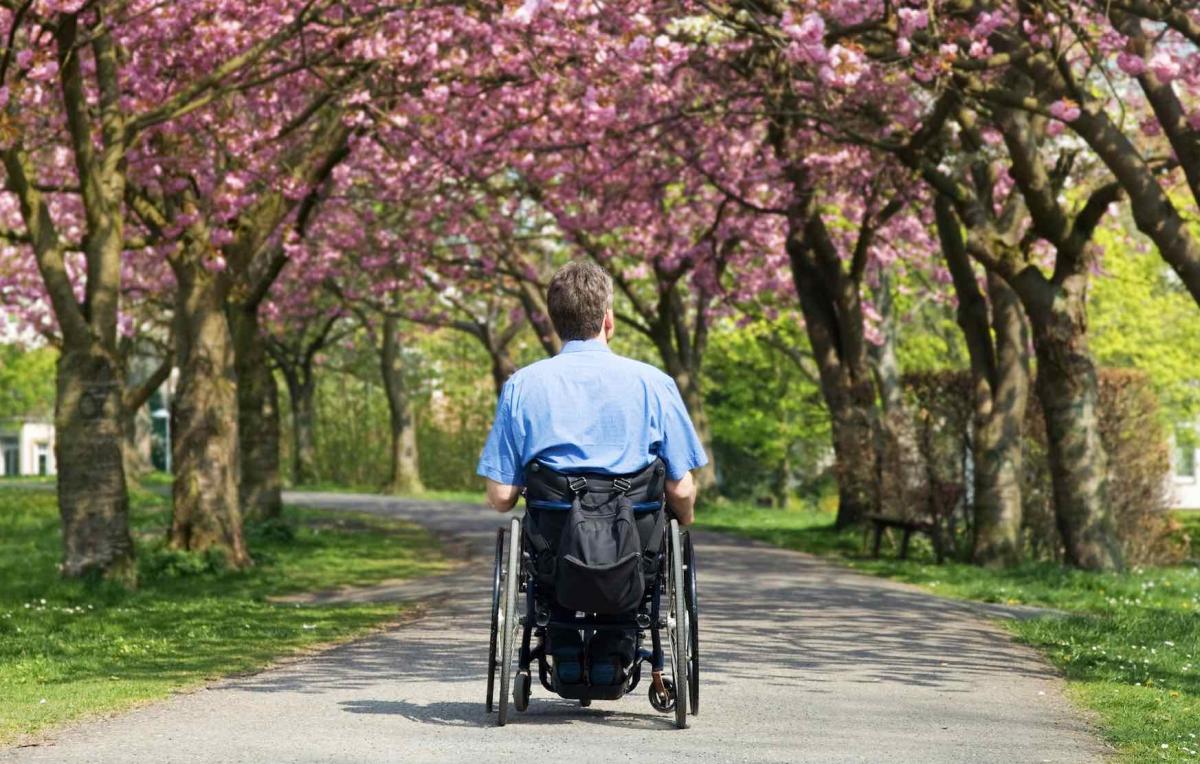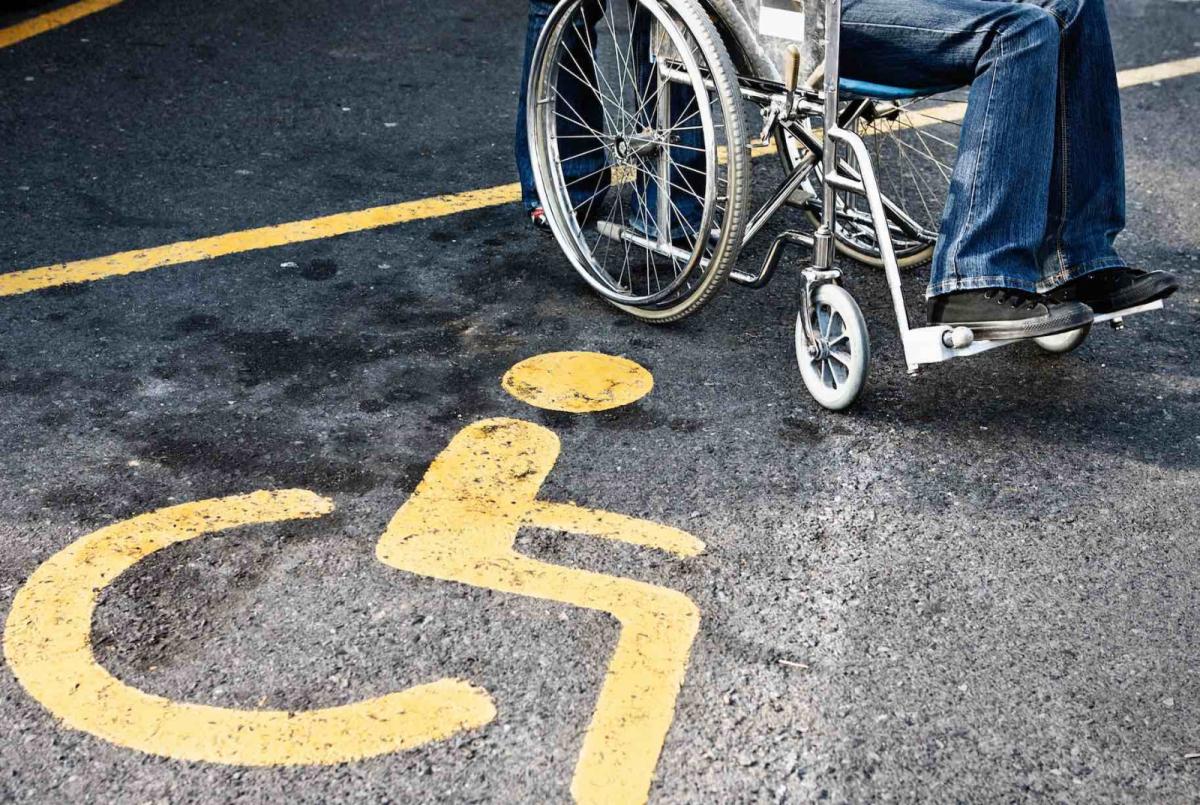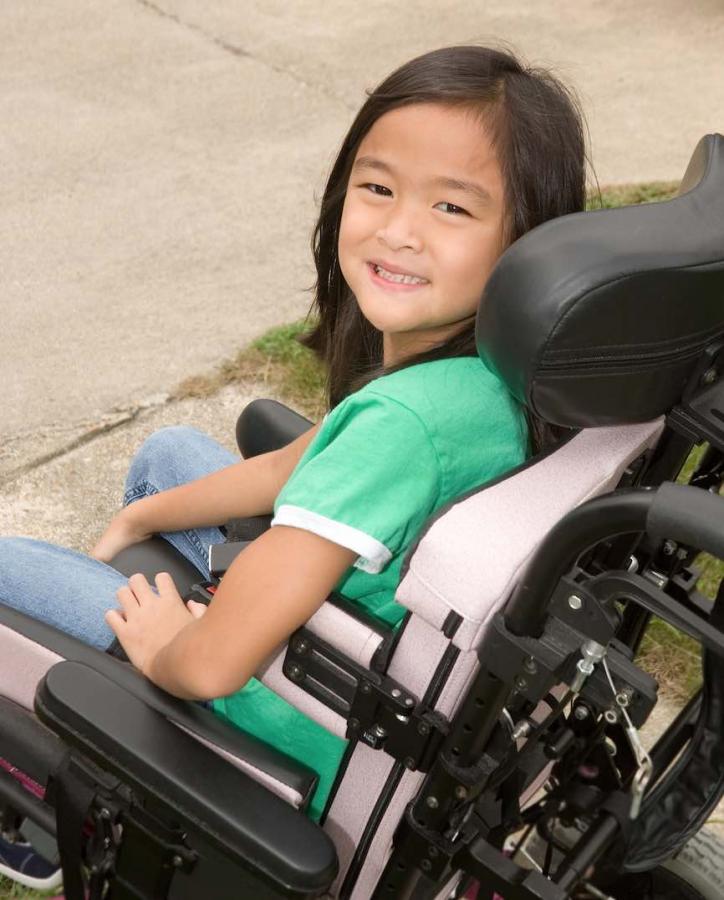Lessons for Local Governments About ADA Lawsuits
Jimmie Johnson is an attorney with the law firm of Leone & Alberts and can be reached at jjohnson@leonealberts.com.
The Ninth Circuit Court of Appeals issued a decision in 2017 that further clarifies for local governments in California their obligations under the Americans With Disabilities Act (ADA). In Kirola v. City and County of San Francisco1, Ivana Kirola — a person with cerebral palsy — filed a class-action lawsuit against San Francisco alleging that the city’s public libraries, pools, recreation and park facilities and pedestrian rights of way were not readily accessible to and usable by individuals with mobility impairment and were thus in violation of Title II of the ADA.2 The trial court ruled in favor of San Francisco, but the Ninth Circuit reversed in part, permitting Kirola to proceed with some of her claims.
Cities can learn some specific lessons from the Ninth Circuit’s decision. This article highlights some of these lessons.
Lesson 1. A Qualified Individual With a Disability Who Encounters an Access Barrier Can File a Class Action Lawsuit.
Although Kirola’s lawsuit covered all public libraries, pools, recreation and park facilities and pedestrian rights of way throughout the city, she had personally visited only a few of them. Additionally, the barriers she had encountered were limited to:
- Three stretches of sidewalk containing bumps;
- A sidewalk where her wheelchair became stuck in a tree well;
- A street corner that lacked curb ramps;
- A street corner that provided only a single curb ramp;
- Errant step stools at three of the city’s libraries;
- Three inaccessible pools; and
- Steep paths at one park.3
The trial court held that Kirola did not have standing to bring the lawsuit because the evidence presented failed to establish that she had been deprived of “meaningful access” to the public facilities in question.4 However, the Ninth Circuit reversed that decision, holding that a plaintiff bringing a claim under Title II of the ADA can establish standing by providing evidence that he or she encountered an access barrier of any degree and either intends to return to that facility or is deterred from returning due to the barrier.5 Furthermore, the Ninth Circuit held that after a plaintiff has established standing to bring an ADA accessibility claim, that plaintiff can proceed with a class action lawsuit even against barriers not personally encountered as long as the prerequisites for class certification have been met.6
Lesson 2. City Facilities Must Meet Certain Standards, Depending on When They Are Built or Altered.
In addition to identifying the various access and use barriers she encountered, Kirola also argued that the city facilities violated the ADA because they were not fully compliant with certain standards and federal regulations. In addressing this argument, the Ninth Circuit clarified which standards and regulations apply to which government facilities.
Facilities Unaltered Since Jan. 26, 1992, Must Provide “Meaningful Access.” The Ninth Circuit confirmed that in relation to facilities unaltered before or since Jan. 26, 1992, government agencies need only “operate each service, program or activity so that the service, program or activity, when viewed in its entirety, is readily accessible to and usable by individuals with disabilities.”7 This standard does not “[n]ecessarily require a public entity to make each of its existing facilities accessible to and usable by individuals with disabilities.”8 Rather, an ADA violation will be found only if a facility is inaccessible or unusable when viewed in its entirety. For example, the Kirola court found no ADA violation based on uneven sidewalks, cracked pavement and potholes.9 Likewise, the Kirola court found no ADA violation based upon 1,358 allegedly inaccessible curb ramps in a city of 7,200 intersections.10 Nor did the Kirola court find ADA violations due to the alleged inaccessibility of some portions of some city parks.11
At the same time, however, it is important to note that ADA regulations do require government entities to undertake efforts to make their programs readily accessible to individuals with disabilities where doing so would not fundamentally alter the nature of the program and would not impose an undue financial or administrative burden — such as potentially moving a program from an inaccessible building to an accessible one, assigning aids to assist individuals with disabilities regarding accessibility, etc.12 In addition, the U.S. Department of Justice (DOJ) has recently encouraged local government agencies to conduct a new self-evaluation of their facilities similar to the one required by federal law in 1991.13 Because DOJ often encourages today what it will require tomorrow, local government agencies should consider getting ahead of the game and conduct a new self-evaluation consistent with the 1991 federal requirements — by reviewing all current services, policies and practices and providing an opportunity for public comment to identify access barriers and potential remedies.14 In addition, because government employees sometimes face public or political pressure regarding the results of self-evaluations, local government agencies may want to consider hiring an independent third party, such as a licensed certified access specialist inspector, to perform the evaluation.
Facilities Newly Constructed or Altered After Jan. 26, 1992, — Including Parks, Playgrounds and Public Rights of Way — Must Comply With Certain Regulations Designed to Ensure That Each Facility Is “Readily Accessible to and Usable by Individuals With Disabilities.” While recognizing that a “meaningful access” standard applies to government facilities unaltered before or since Jan. 26, 1992, the Ninth Circuit held that any failure to satisfy the applicable federal ADA regulations at a facility built or altered after Jan. 26, 1992 — even a slight failure that does not meaningfully affect access — constitutes a violation redressable in civil court.15 The Kirola court further held that federal ADA regulations apply to public rights of way, parks and playground facilities even though such government facilities are not expressly governed in the regulations (as are other types of facilities). The Ninth Circuit determined that because those government facilities include “features” such as ramps that are expressly governed in the federal ADA regulations, the government facilities are also governed by the ADA regulations.16
ADA Guidelines for Buildings and Facilities
Regarding which regulations apply to which facilities, the ADA requires the Architectural and Transportation Barriers Compliance Board to issue compliance guidelines, known as the Americans With Disabilities Act Accessibility Guidelines (ADAAG) for buildings and facilities.17 In turn, DOJ is required to implement federal regulations consistent with the ADAAG.18 As explained in Kirola, the ADAAG are not binding.19 The DOJ regulations, on the other hand, are binding and must be consistent with the ADAAG — but not necessarily identical to them.20
In 1991, the Architectural and Transportation Barriers Compliance Board issued the first ADAAG, and DOJ adopted those guidelines in full as federal ADA regulations.21 Afterward, the board issued several supplementary guidelines, but DOJ never adopted them and therefore the supplementary guidelines never became binding. In 2004, the board issued more supplementary guidelines. Eventually, in 2010, DOJ adopted the 2004 guidelines with slight revisions.22
The 2010 ADA regulations adopted by DOJ established a three-tier system of compliance. Based on this three-tier system, government facilities are subject to different standards depending on when they were built or altered:
- Government facilities unaltered since before Sept. 15, 2010. At the option of the government agency, these facilities are subject to either the original 1991 ADA standards adopted by DOJ or another set of federal standards called the Uniform Federal Accessibility Standards (UFAS).
- Government facilities altered or built between Sept. 15, 2010, and March 15, 2012. At the option of the government agency, these facilities are subject to either the original 1991 ADA standards adopted by DOJ, the UFAS or the 2010 ADA standards adopted by DOJ.
- Government facilities altered on or after March 15, 2012. These facilities are subject to the 2010 standards.23
Because these standards vary, it is important that local government agencies expressly elect which sets of standards they are adopting. Without an express election, a court could ultimately decide which standards apply, and that decision could result in significant liability that otherwise could have been avoided.
Conclusion
As the Kirola decision makes clear, even the slightest access barrier in a government facility may serve as the basis for a class action lawsuit against the local government agency. Therefore, it is important for local government agencies to take preventive measures to reduce the possibility of ADA violations. A local government agency can adopt strategies such as conducting a self-evaluation similar to that required in 1991 and expressly electing a set of federal regulation standards for each facility that has remained unaltered since before March 15, 2012. After the local government has identified the applicable standards, it should ensure strict compliance.
About Legal Notes
This column is provided as general information and not as legal advice. The law is constantly evolving, and attorneys can and do disagree about what the law requires. Local agencies interested in determining how the law applies in a particular situation should consult their local agency attorneys.
Footnotes
1 860 F.3d 1164 (9th Cir. 2017)
2 Kirola, 860 F.3d at 1169. Title II provides that “no qualified individual with a disability shall, by reason of such disability, be excluded from participation in or be denied the benefits of the services, programs or activities of a public entity or be subjected to discrimination by any such entity.” 42 U.S.C. § 12132.
3 Id.
4 Id. at 1173-1175.
5 Id. at 1173-1174.
6 Id. at 1176, citing the recent decision in Melendres v. Arpaio, 784 F.3d 1254, 1262 (9th Cir. 2015).
7Id. at 1182 (emphasis added, quoting 28 C.F.R. § 35.150(a)).
8 Id. at 1182 (quoting 28 C.F.R. § 35.150(a)(1)).
9 Id. at 1183.
10 Id.
11 Id. at 1184.
12 28 C.F.R. § 35.150, subds. (a)(3), (b).
13 ADA Update: A Primer for State and Local Governments, U.S. Department of Justice, Civil Rights Division, Disability Rights Section (June 2015).
14 28 C.F.R. § 35.105.
15 Id. at 1181.
16 Id. at 1178-1181.
17 42 U.S.C. § 12204.
18 42 U.S.C. § 12134, subds. (b), (c).
19 Kirola, at 1177.
20 Id.
21 Id.
22 Id.
23 Id.
Photo credit: RapidEye (Handicap Sign); Ktaylorg (Girl); Relaxphoto.de (Sunset).
This article appears in the April
2018 issue of Western City
Did you like what you read here? Subscribe
to Western City




